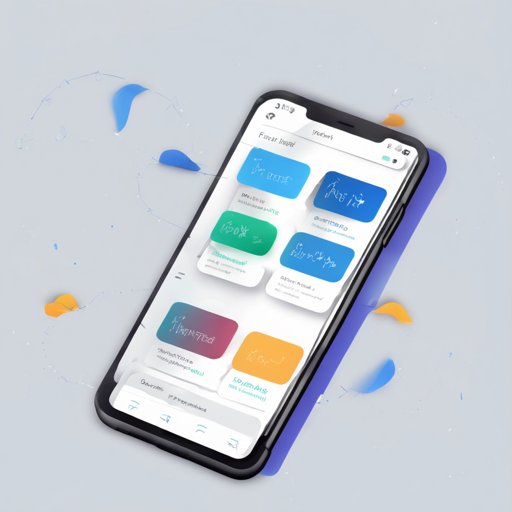Flutter has become a popular framework for building natively compiled applications for mobile, web, and desktop from a single codebase. In this article, we’ll guide you through creating a simple Flutter application using the Riverpod state management library. We’ll break down the process into manageable steps to ensure it’s user-friendly, even if you’re a beginner.
What You Will Need
- Flutter SDK: Make sure you have Flutter installed on your machine.
- Riverpod Package: Learn about state management from Riverpod.
- State Notifier: Understand how to use the state_notifier package for managing state.
- Freezed: Use the freezed package to simplify state management.
- JSON API: We’ll use a mock API from Mocky for fetching data.
Setting Up Your Application
First, let’s create a new Flutter application:
flutter create riverpod_exampleIntegrate Riverpod
Next, add the required packages by updating your pubspec.yaml file:
dependencies:
flutter:
sdk: flutter
flutter_riverpod: ^latest_version
state_notifier: ^latest_version
freezed: ^latest_version
Understanding Riverpod’s Architecture
Now, let’s visualize Riverpod’s provider graph to understand how the components connect. Think of it as a city map where each building (your data) can be accessed via roads (providers). Here’s how providers communicate:
graph TD;
A[Start] --> B(Read);
A --> C(Listen);
B --> D(Watch);
D --> E(ConsumerWidget);
Creating Your First Provider
Let’s create a simple data provider:
final itemStocksProvider = StateNotifierProvider>(
(ref) => ItemStocksNotifier());
In the analogy of our city, this provider acts as a central information station that keeps track of all available items in the store.
Building Widgets
Next, let’s create a widget to display the data:
class ItemTile extends ConsumerWidget {
@override
Widget build(BuildContext context, WidgetRef ref) {
final item = ref.watch(itemStocksProvider);
return ListTile(
title: Text(item.name),
subtitle: Text("Price: ${item.price}"),
);
}
}
Troubleshooting
If you encounter issues during the setup or when running the app, here are some troubleshooting ideas:
- Dependency Errors: Make sure all package versions are compatible.
- Network Issues: Ensure your fetch API endpoint is accessible and return valid JSON.
- State Management Problems: Check if you are using the correct provider across your widgets.
For more insights, updates, or to collaborate on AI development projects, stay connected with fxis.ai.
Final Thoughts
At fxis.ai, we believe that such advancements are crucial for the future of AI, as they enable more comprehensive and effective solutions. Our team is continually exploring new methodologies to push the envelope in artificial intelligence, ensuring that our clients benefit from the latest technological innovations.

